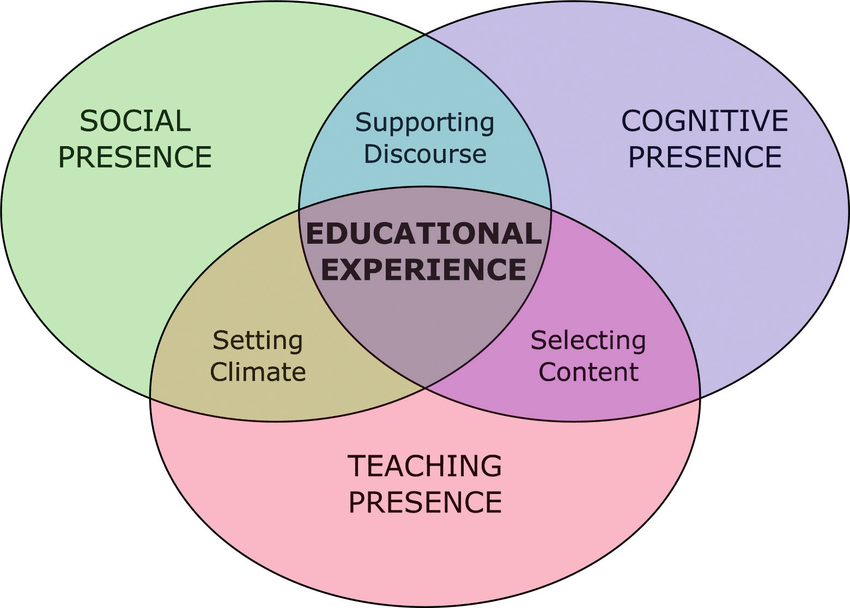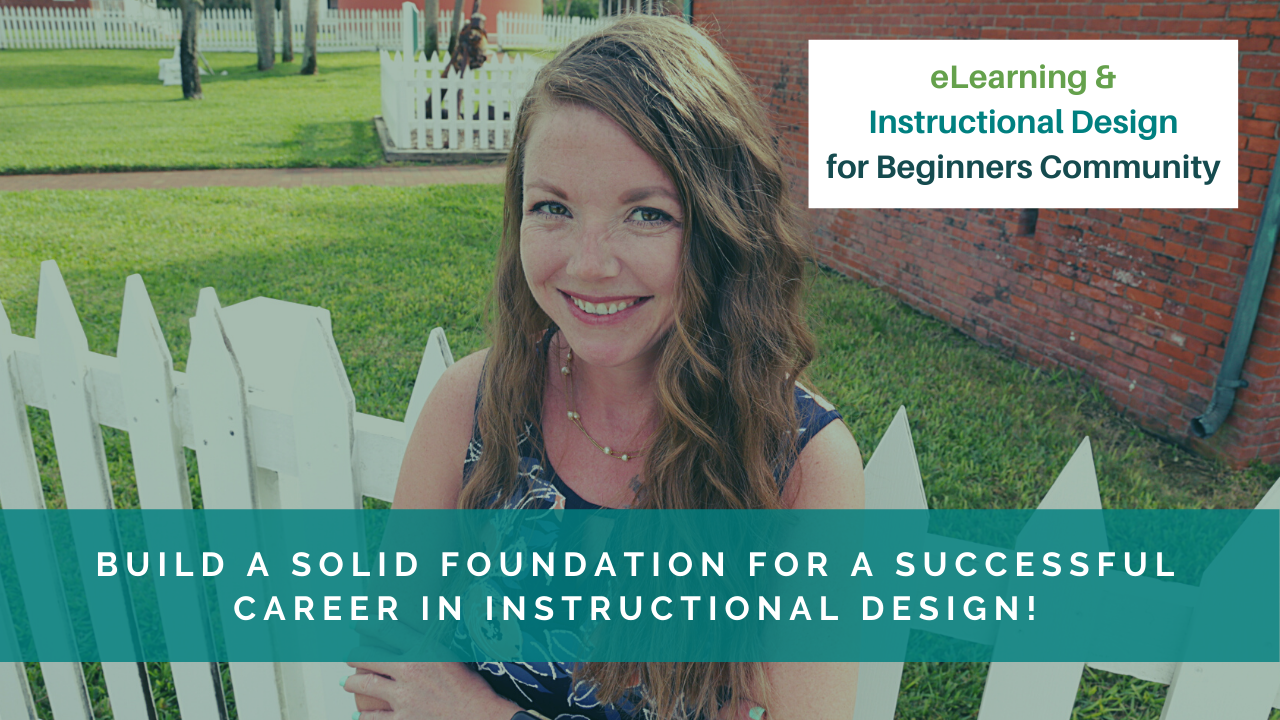Motivation Strategies for eLearning & Instructional Design- A Framework for Learner-Centered Approaches
In an online learning environment, learners need to feel a personal connection with their instructor. One of the biggest problems of learners in an online course is often feeling isolated, which leads to loss of motivation.
The ability to establish presence is closely related to the ability of the instructor to create a sense of community among online learners.
Fortunately, in addition to course content, new learning management systems provide a variety of opportunities for learners to engage in student-student and student-instructor interactions.
Instructor’s presence is the idea that learners’ perceptions of instructor involvement as a central factor in learning.
Why is This Important?
Research indicates that high levels of engagement lead to higher levels of learner achievement, greater likelihood of learners finishing the course, as well as deeper satisfaction.
While instructor presence is important in both face-to-face courses and eLearning, promoting instructor presence in an online course can sometimes be challenging because of the lack of physical connection.
Online courses tend to focus on asynchronous and non-visual communication. Issues such as time delays and missing body language can potentially cause problems.
An online instructor takes on the role of a facilitator of learning, someone who guides students through the learning process. But there is a fine line between being a guide and being absent.
Online instructors facilitate peer-to-peer introductions and discussions, as well as provide clear expectations and timelines.
Community of Inquiry Framework

The Community of Inquiry Framework is a great tool to follow that can lead instructional designers to make purposeful choices, facilitating increased instructor-learner interaction, promoting increased instructor presence in online courses.
The three main interactions the CoI framework examines is instructor presence (learner-instructor; learner-course interactions), social presence (learner-learner interactions), and cognitive presence (learner-content interactions).
Learning is facilitated through the interaction of these three 'presences.'
To learn more about the Community of Inquiry Framework, check out the blog post - Engaging Learners with Online Presence.
Strategies to Increase Engagement

Now you will learn about strategies that are easy to implement to help you increase presence in your online course.
-
Introduce Yourself
Just as it is important to prompt students to introduce themselves, instructors should do the same.
-
Send Out Welcome Emails
This is your first “hello” to your students and lets them know you are ready and excited to teach the course. It also provides helpful information about the course.
-
Utilize Announcements
The students in the course should be provided with weekly announcements and reminders to help support this issue as well. Highlight connections between course content, activities, and assignments.
-
Liven Up Lessons
Instead of simply posting lecture notes, use audio or video for posting weekly lectures accompanied by a presentation.
Increasing online presence is very crucial in eLearning. You can learn about even more strategies by joining the eLearning and Instructional Design for Beginners Community.
Start your career in Instructional Design (ID) and eLearning. Build an online course from scratch and finish with mastery.
Whatever you need help with, the community is there to help you master your skills. Interested in joining the community? Click here to get started.
JOIN THE
eLearning and Instructional Design for Beginners Community
- In-depth courses & training
Access my rapidly growing library, attend monthly live training & accountability support groups
- Exclusive tools & members-only discounts
Tools, templates, downloads, checklists and more - plus receive special perks & discounts
- Supportive community & network
Feedback and support from fellow instructional designers, career-driven business owners, and experts who will keep you on track
Get Your Software Toolkit for Instructional Designers
Tools & processes that will help you plan, build, and grow your instructional design career and freelance business.




